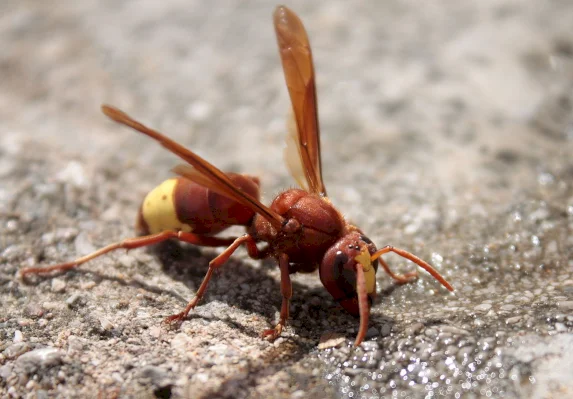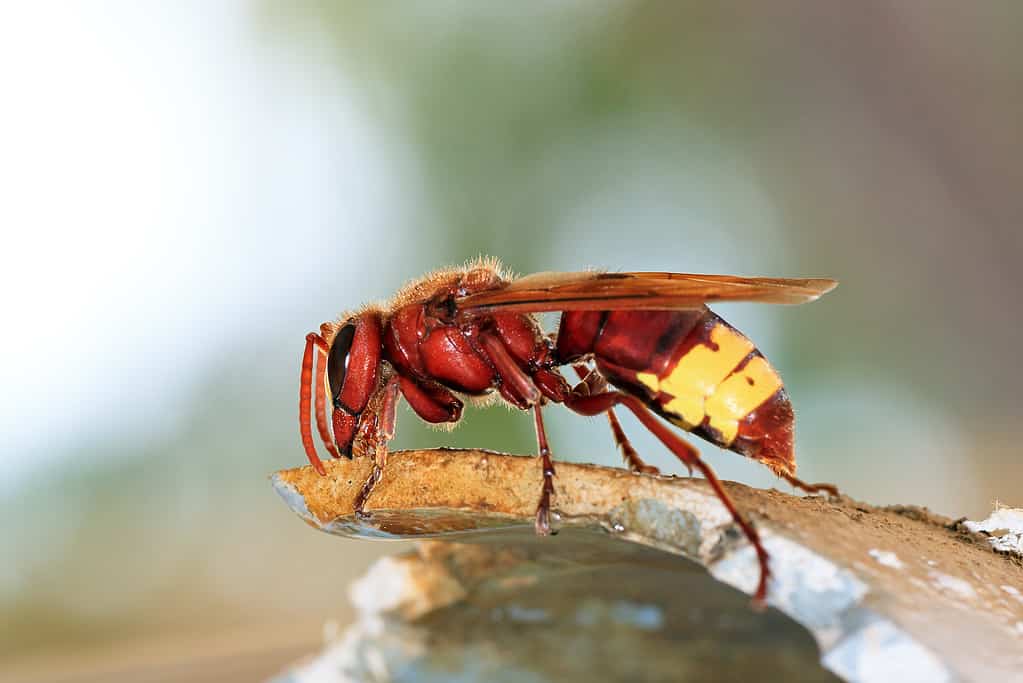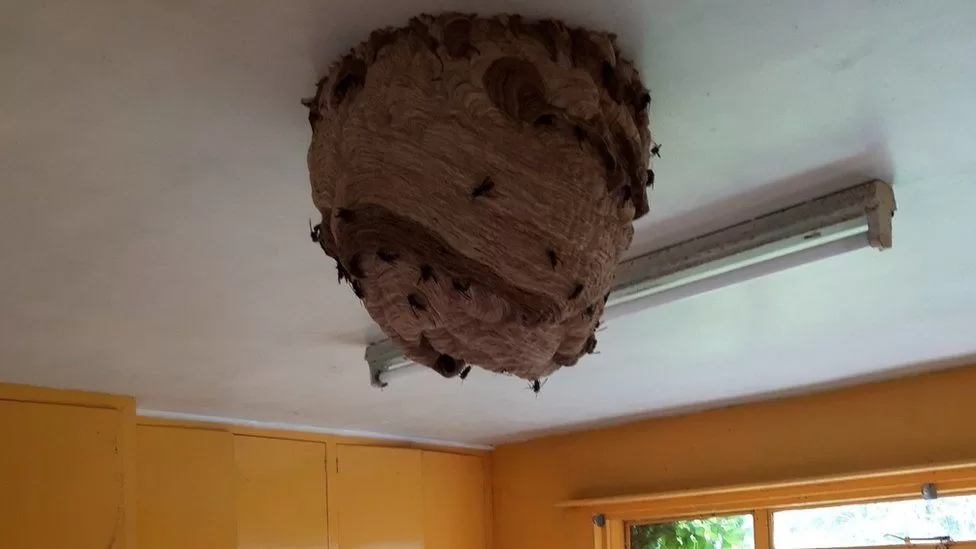According to recent news reports, the Oriental Hornet invasion in Rome is ongoing. The hornets have been sighted in numerous areas of the city, and nests containing hundreds of hornets have been found in various locations such as window shutters, vents, air conditioning units, and even the crevices of ancient monuments. The capital city’s widespread refuse problem, dirty streets, open bins and high temperatures have ben linked to the increasing infestation at play.
The hornets have been known to inflict multiple stings, which can be painful and cause swelling. The situation is being monitored by local authorities, and efforts are being made to control the spread of the hornets which are still present in the city and pose a threat to humans and ecosystems.
In 2021, reddish-brown hornets were found in the Monteverde district of Rome, marking the first time the insects had been sighted in the city since the 1950s. Since then, the hornets have spread to the center of the city, where they have built nests containing hundreds of hornets in various locations such as window shutters, vents, air conditioning units, and even the crevices of ancient monuments. Hornets are much more common in Italy than in northern Europe and therefore potentially much more dangerous. The Asian Hornet, which is a different species, has also been reported in Italy and is a threat to honeybee populations.
Residents living in and around Rome have been calling upon Andrea Lunerti, a zoologist and wasp-buster, to remove nests of Oriental Hornets due to the absence of a strategy by Rome’s council to effectively handle the phenomenon. Lunerti has been receiving many calls from residents who have seen the large insects flying around, and the nests are often huge, sometimes containing between 700 and 1,000 hornets. In one recent case, Lunerti was called to the home of an elderly woman who returned from holiday to find a nest of 800 Oriental Hornets in a crevice in her bathroom. The sources also report that a window cleaner in his 50s fell from his ladder and died after being stunned by a swarm of hornets. The behavior of the Oriental Hornets in Rome has consistently been attracted to rubbish, including spoiled meat and fish, and they make their nests underground as well as in hollows and crevices.
The Oriental Hornet lives in seasonal colonies that are formed every year in the spring by a single queen that mated during the previous fall. It is very likely that the Oriental Hornet has a lifespan of a few months, similar to other hornet species. The Oriental Hornet invasion in Rome is not only a threat to humans but also to the local ecosystem.
- The hornets are known to prey on other insects, including honeybees and flies. This can have a significant impact on the local ecosystem, as honeybees are important pollinators for many plants and crops.
- The hornets can also compete with other insect species for food and resources, which can disrupt the balance of the local ecosystem.
- The presence of the hornets can also cause damage to buildings and monuments, as they build their nests in various locations such as window shutters, vents, and even the crevices of ancient monuments.
Efforts are being made to control the spread of the hornets and minimize their impact on the local ecosystem. However, the situation is still ongoing, and it remains to be seen what the long-term effects of the Oriental Hornet invasion will be on the local ecosystem in Rome.
Oriental Hornets


Asian Hornets

Asian Hornet Nest

